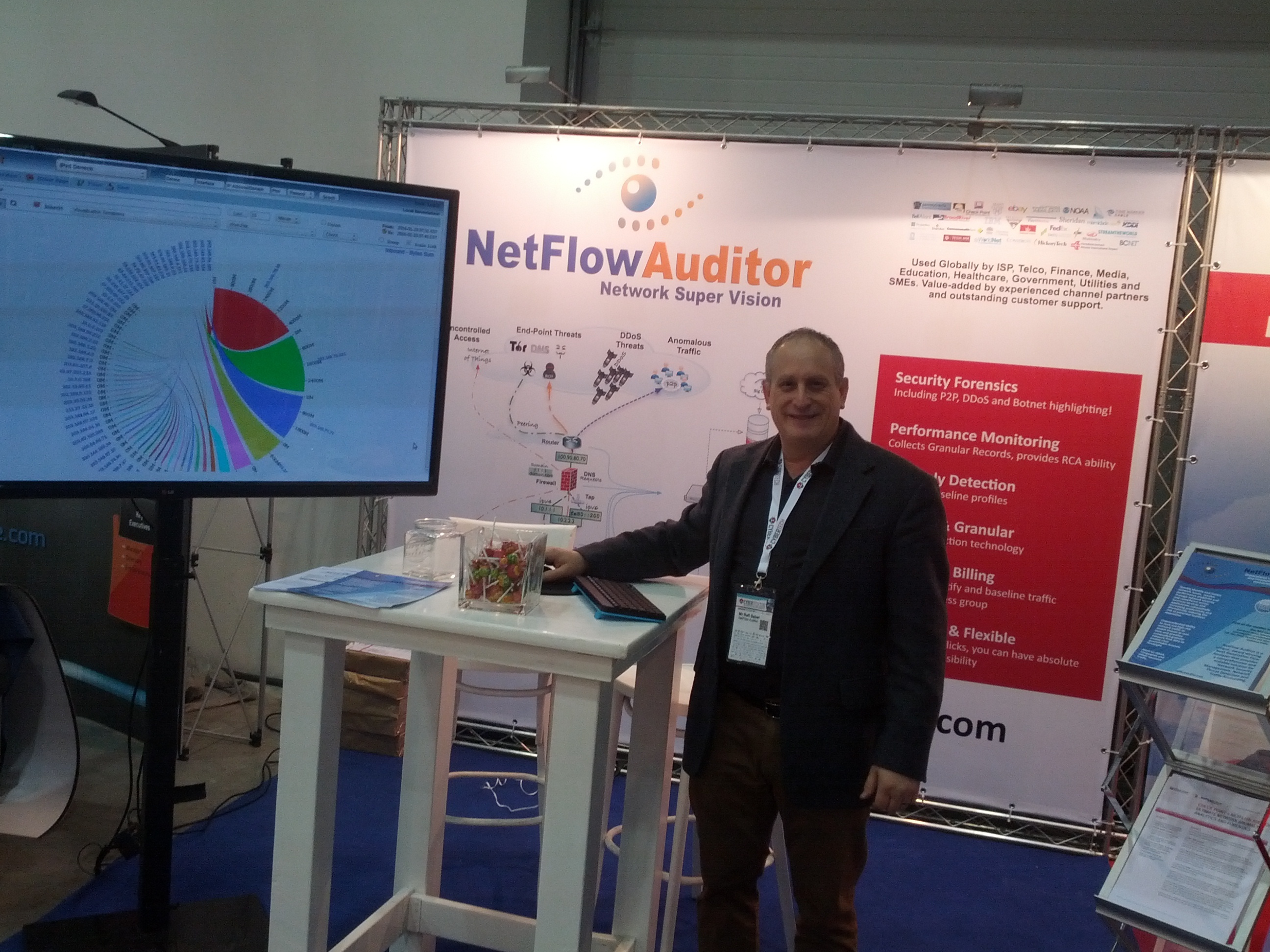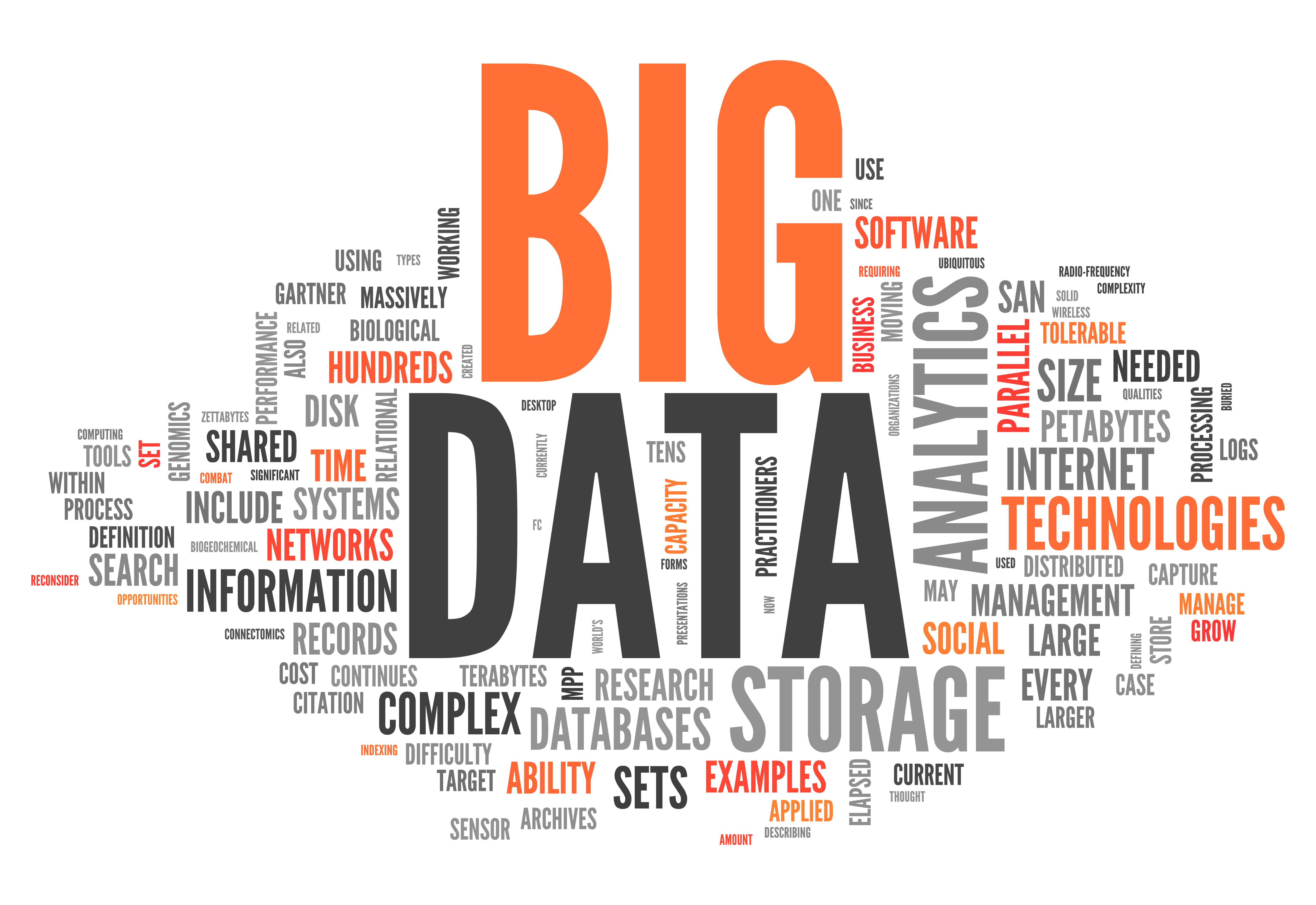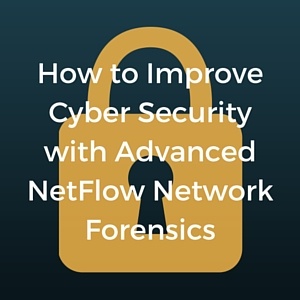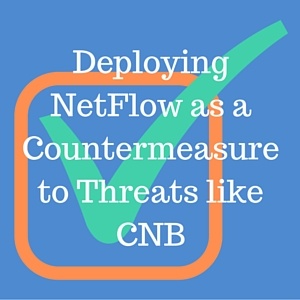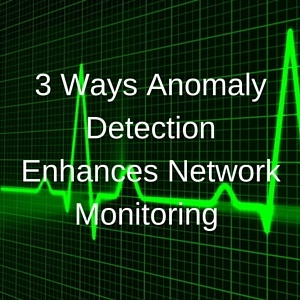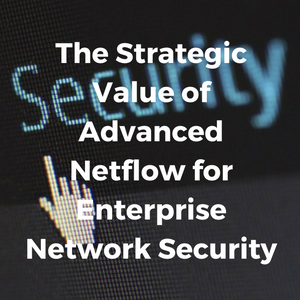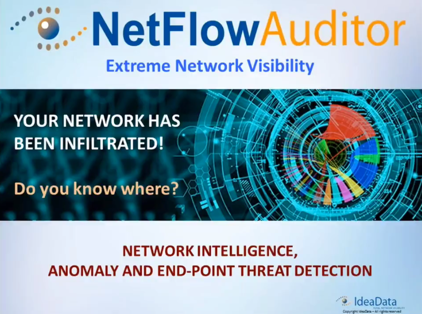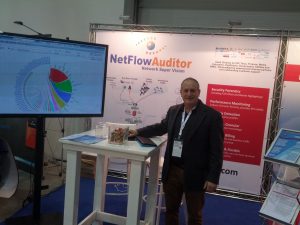
CySight has been building innovative network analytics solutions for the Enterprise and ISP/Telco marketplace since 1995. At the World Congress of IT in 2002 our early concepts won multiple awards for Security and Business Intelligence for our DigiToll software and we continue to deliver and extend our superior network forensics and detection technology. Our objectives are to keep creating tools that build a safer Internet with unique methods to identify and mitigate undesirable traffic.

